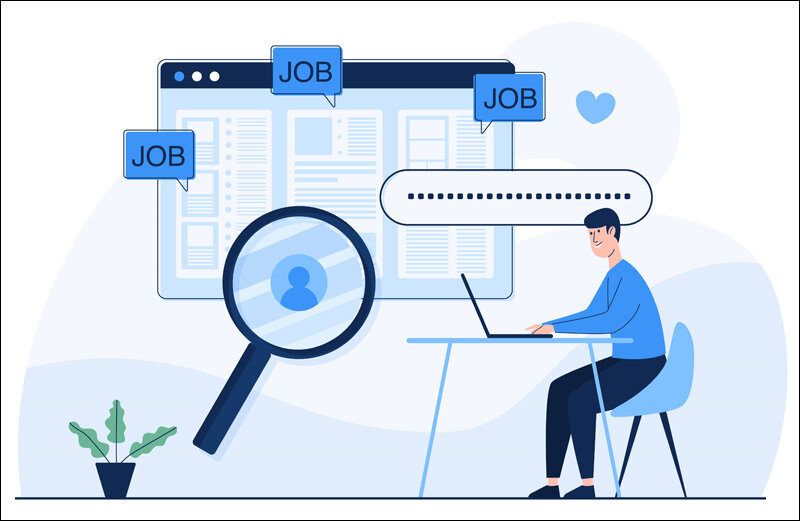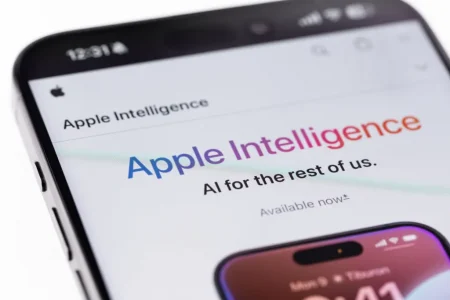Adarsh explains how various technologies have become the hiring manager’s best friend when it comes to spotting and recruiting top talent
Ever since work from home and hybrid working models became an everyday reality, the paradigm has shifted when it comes to hiring as well. Apart from companies being able to hire candidates remotely – from other parts of the country or even from across the world – how these candidates get hired has also evolved.
A lot of companies have realized the need to address these new hiring challenges with dynamic and tech-driven recruitment strategies and processes. To reduce the time and resources that is invested in hiring the best talent and to reduce the risk of losing the newly acquired talent to the competition, companies are now approaching candidates with better employee value proposition (EVP) as well as hiring solutions powered by advanced technologies like artificial intelligence (AI), machine learning (ML) and blockchain.
Apart from managing the candidate experience, automating the distribution of job postings, and providing data to enhance recruitment marketing strategies, these solutions also help recruiters to focus on areas that require human attributes like empathy, awareness, and creative thinking.
Here are a few ways in which technology is helping with hiring:
1. Sourcing Platforms

For over a decade now, entry and mid-level jobs have been sourced through job aggregators that have served as search engines. But upgrades and enhanced tools have massively improved the way these aggregators function in the job market. These sourcing platforms and recruitment websites depend on artificial intelligence and enhanced algorithms to match applicants with suitable jobs based on their education, skills set, expectations etc.
With data becoming more available, the job search algorithms have become more complex, and these websites are becoming ever popular as they are helping candidates find jobs that match their needs.
Additionally, by employing an algorithm instead of a person, these platforms remove conscious and unconscious bias from the equation as it filters large volumes of data in search of the perfect candidate.
2. Job Post Optimizers

With a host of job aggregating websites and a multitude of job postings on the internet, it has become trickier to filter through and find jobs that are most appealing to you. This is where videos have become the differentiator in recent years. With video job descriptions, video interviews, video portfolios and even video CVs, candidates are moving towards this medium to filter out and apply for jobs.
Until very recently, video job posts and applications were not common but since the pandemic, online job interviews have become more prominent and in turn video job posts as well as video applications have become commonplace. It is predicted that in the future, videos will see more engagement and utilization in the job industry.
According to a Cisco report, there is an 800 per cent increase in engagement when there is a video in the job advertisement. Based on another research by CareerBuilder, there is a 34 per cent rise in applications if the job posting is accompanied by a video.
3. Application Tracking Systems

When it comes to talent acquisition, the most used software is known as application tracking system (ATS). It does exactly what the name suggests, it examines and filters various job applications that are entered into the system and it enables various companies and business to pick candidates that match their expectations and requirements.
This is a data driven approach that depends on artificial intelligence and intricate algorithms to filter applications and make the screening process as precise as possible. In recent years, with inclusivity and equal opportunity becoming buzzwords in the hiring process, these tracking systems include such filters while looking for ideal candidates. This also eradicates unconscious and conscious bias from the hiring process.
4. Recruitment CRMs

In many ways, a recruitment CRM (Customer Relationship Management) or a candidate relationship management system is like an application tracking system. There are several instances during the hiring process where promising candidates are not hired due to certain circumstances. In most cases, when a candidate is selected there are several other competent ones who just miss the cut. The recruitment CRM maintains a log with information about all these other candidates.
So that whenever a sudden job posting opens, hiring managers can just look in the recruitment CRM history and find candidates instead of going through the entire job posting and hiring process. Apart from being a talent database, a recruitment CRM can help with creating and maintaining a talent log and facilitate in sending out regular communication to such candidates to let them know about upcoming job postings.
5. Employee Referral Platforms

Until recently, employee referral was limited to rewards to current employees who successfully recommended potential candidates who end up getting hired and working at the company for a certain amount of time. But of late, these employee referral platforms have become a lot more systematic and elaborate. The process is now automated and referring is now a lot easier as they scan employee networks for potential hires. This way the company can tap into a huge pool of passive candidates who are associated to current employees.
A lot of these referral platforms now also have sections for ex-employees who as alumni can still refer candidates and continue earning rewards. This also enables the company to continue interacting with its alumni through mailers, events, and upcoming job opportunities. Many companies make use of these networking platforms for knowledge transfer, leadership training, and mentorship programs by ex-employees.
Long story short, talent acquisition is becoming increasingly important, especially with the shift from traditional recruiting methods to digital recruiting technology. With recruitment becoming more technology-driven, it is imperative that the hiring process is given enough resources to handle it effectively to help build the digital workforce of tomorrow.
In case you missed:
- New Year, New Scam: All You Need to Know About Brushing
- India’s AI Ambitions in the Spotlight amidst DeepSeek’s Disruption
- Will AI eat up more IT Jobs in 2024?
- 7 Online Scams to be Wary of in India
- How Accurate are AI Web Searches?
- How to spot a Deepfake Video
- You can Now Create a Video From a Single Image!
- Bridging the Gender Gap in AI-Based Roles
- How Meta AI stopped Lucknow Woman from committing Suicide
- 5 Free AI Assistants To Make Your Life Easier










1 Comment
A lot of companies have realized the need to address these new hiring challenges with dynamic and tech-driven recruitment strategies and processes.